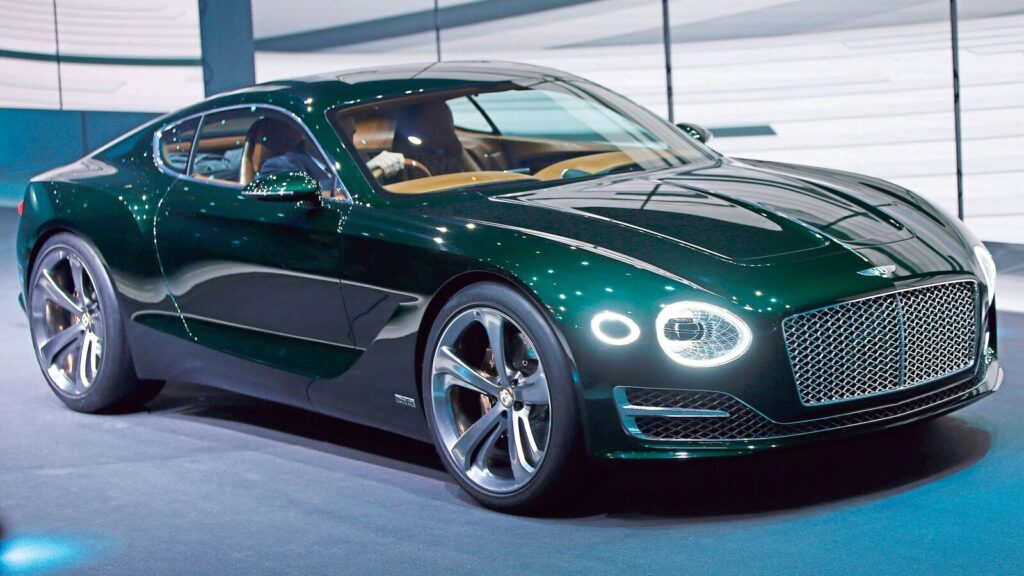The luxury paradox: Balancing craftsmanship and technology

In 1899, the American economist and sociologist Thorstein Veblen identified a class of goods for which demand increased as prices rose, contrasting with traditional laws of demand. These “Veblen goods”, such as designer wear and vintage wines, exemplify how luxury items defy conventional economic principles. Today, we can examine how the application of technology to Veblen goods may either diminish or enhance their demand.
At the turn of the 20th century, during the Second Industrial Revolution, the world population was under 2 billion. By 1913, Henry Ford was perfecting his assembly line to reduce car production time from 12 hours to 90 minutes, aiming to mass-produce vehicles for a rapidly growing customer base. Supply constraints were the theme of the day, with technological applications aimed at meeting demands quickly and profitably.
As we transitioned into the digital revolution and the Fourth Industrial Revolution, production capabilities, including food production, have largely kept pace with demand to serve today’s population of 8 billion. Technology has made it possible to clothe every human, feed every stomach, lay every road and rail, and fly every sector at optimal costs. Yet, luxury brands persist, measured in value by their exclusivity and inaccessibility to the masses.
Also read | The quest for RoI in advertising
When it comes to luxury brands, technology plays a nuanced role. While it has revolutionized many industries, its application in the luxury sector is more complex. Technology can either enhance or diminish the premium perception of a brand, depending on how it’s applied. Luxury brands face a paradox: the more they automate and incorporate technology into their production processes, the more they risk losing the essence of craftsmanship and exclusivity that sets them apart.
Consider Steinway & Sons, handcrafting pianos since 1870. While they maintain their reputation for craftsmanship, the company also claims substantial investment in state-of-the-art technology to stay true to their founder’s motto: “To build the best piano possible.” Steinway pianos are priced three to five times higher than average pianos, appealing not just to musicians but also to connoisseurs seeking a grand centerpiece. While digital alternatives can produce piano sounds cheaply or even for free, those buying a Steinway are looking to make a statement, as with any luxury brand.
This emphasis on craftsmanship allows luxury brands such as Ferrari, Bentley and Hermès to build emotional connections with their consumers. This reinforces the idea that their products are not just commodities but symbols of status, taste and individuality. The bespoke nature elevates the product beyond its functional value, transforming it into a statement piece that speaks to the consumer’s personal identity and sophistication.
Also read | We strictly adhere to regulations: Diageo’s Varun Koorichh
Sometimes, even functional products with luxury brand positioning use technology not for production but for optimizing the processes involved in making them. Brands like Nesmuk knives or Rolex watches use computer-aided design for product development, CNC machines for precise cutting and shaping of certain parts, and digital media for marketing. However, their core promise of exclusivity is made possible by handcrafted workmanship.
On the other hand, when technology enhances comfort, safety or convenience, it can positively contribute to a brand’s appeal without compromising its luxury image. In such cases, technology aligns with the core values of luxury by providing a superior experience that complements the brand’s exclusivity.
Automotive brands exemplify this approach. While Rolls-Royce and Bentley emphasize handcrafted interiors and bespoke customization, they also incorporate the latest technological advancements to enhance the driving experience. These technologies include ADAS (advanced driver-assistance system), night vision cameras, adaptive suspension systems and customizable entertainment setups. Here, technology amplifies the luxurious experience rather than detracting from it, adding layers of safety and comfort that justify the premium price tag.
Read more | Can PayTV survive the rise of free streaming?
Luxury brands must walk a fine line when integrating technology into their products. The key is to ensure that technological elements enhance utility and experience without overshadowing the artisanal or bespoke elements that make the brand unique. It’s not about rejecting technology but about finding the right balance where technology becomes an asset rather than a detriment.
In conclusion, the relationship between technology and luxury goods is complex and evolving. While mass production and digital alternatives have made many goods more accessible, luxury brands continue to thrive by emphasizing craftsmanship, exclusivity and emotional connection. The challenge for these brands is to harness technology in ways that enhance their products’ appeal and functionality without compromising the very qualities that define them as luxury items.
Sreeraman Thiagarajan is chief executive officer of Agrahyah Technologies and adjunct professor of digital transformation at the Indian Institute Of Management, Tiruchirappalli.








